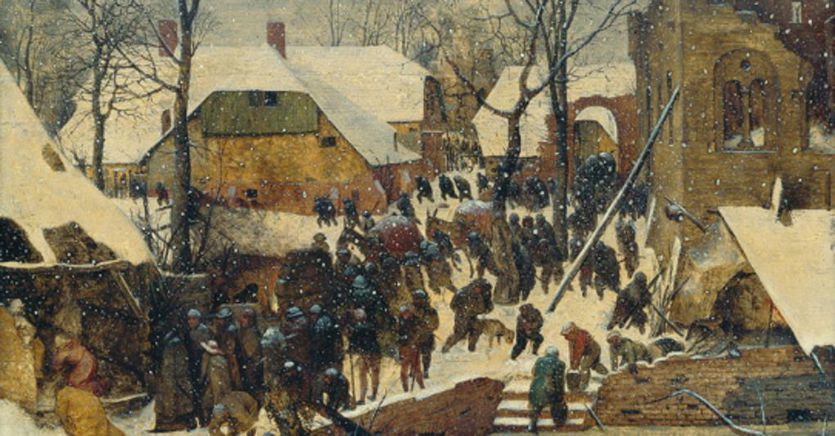Minimal detail
«It is a minimal detail, which leads us to ask ourselves what need was there for this further sign. The window itself seems to exist only to allow the appearance of that uncertain trunk, of those wavering twigs. The window reminds us that not everything has already been seen, not everything has been revealed ». Massimo then tries to reproduce on paper the tree which soon becomes a nuisance, the only hope of recovery. Matilde shows the writer – whose eye on the story filters an ironic but diligent perspective, also acting as a narrator – her drawings, capable of illuminating in some way a debate, entirely internal, between art and perception, (quantum?) And nature, reality and mystery.
The “uncertain trunk” is a sign of Bruegel’s greatness, “because this is always discussed when one discusses art: greatness, not skill”. In fact, the general meaning of the whole can be hidden in every detail. Zaccuri, at ease in skilful architecture à la Ferruccio Parazzoli (the reader simultaneously reads a novel and the actual novel of the protagonist writer “freed” from the heteronyms, according to a complex interlocking technique), builds a diegetic junction that brings back to the center of the attention to the “obstinacy of matter”, in an alternation of topicality – the story finally jumps to the time of Covid – and of cultured references.
Think of the unspoken mention of Yves Bonnefoy, an “eclectic poet, particularly appreciated for a poem in numerous songs inspired by the flow of a small river in the French province”. But, ultimately, what lies beyond the thick blanket of appearances? Is our passage into reality really mediated by screens, purifiers, drains that only partially allow us to transit?
“There are no secrets to reveal, reality is enough. Hard like an oak board, light like a shade of color or a white lump that simulates snow ».
Alessandro Zaccuri, The oak of Bruegel, Aboca Edizioni, pp. 169, € 15
